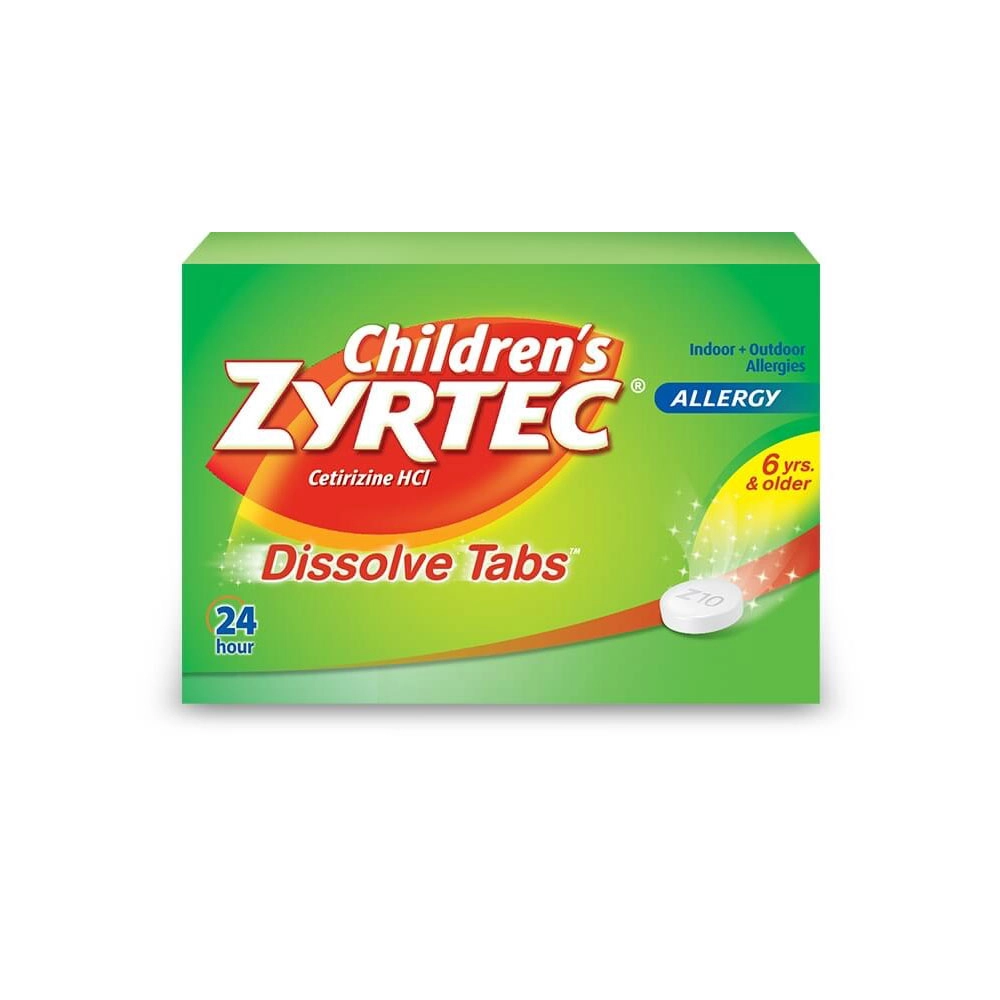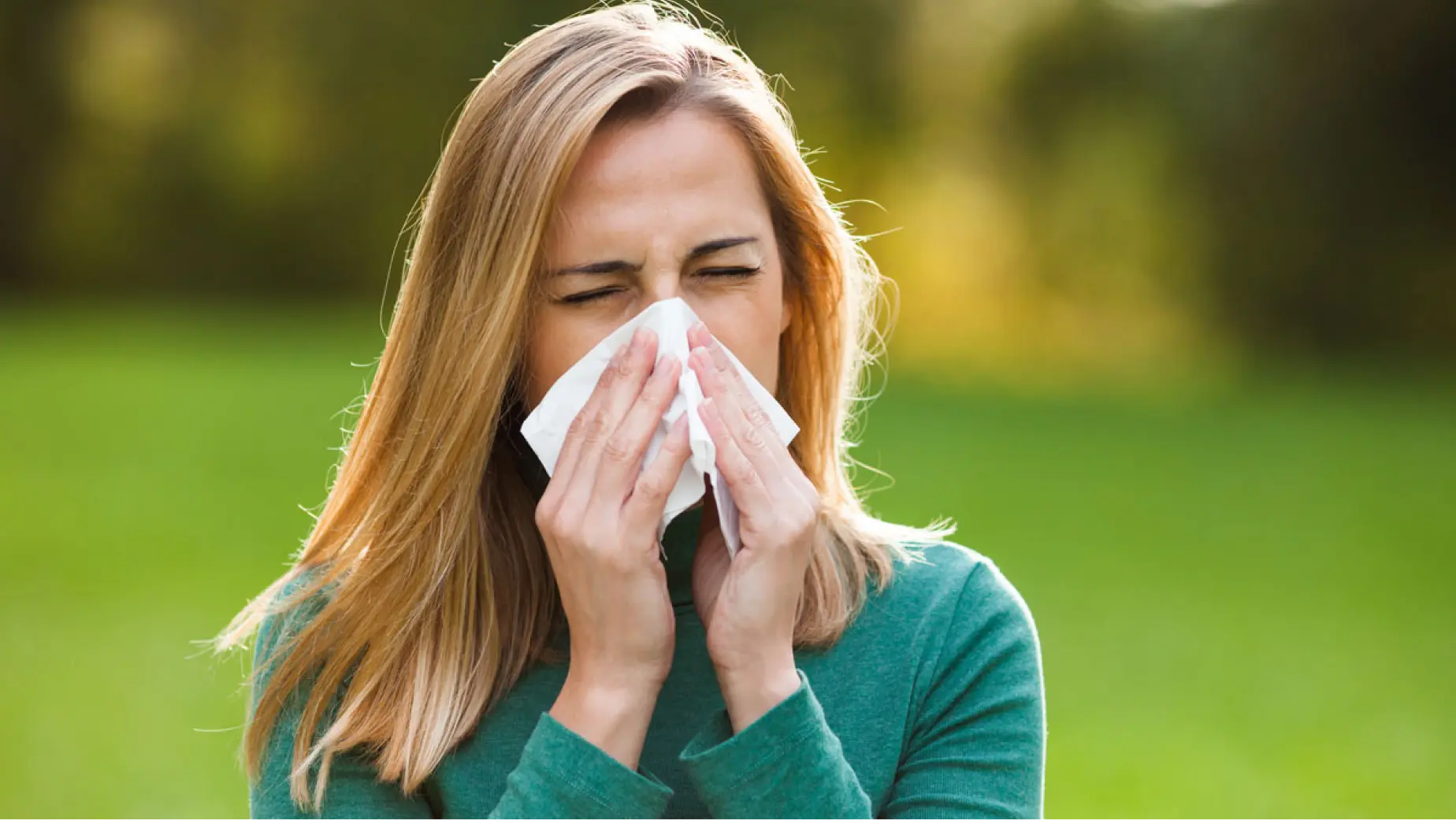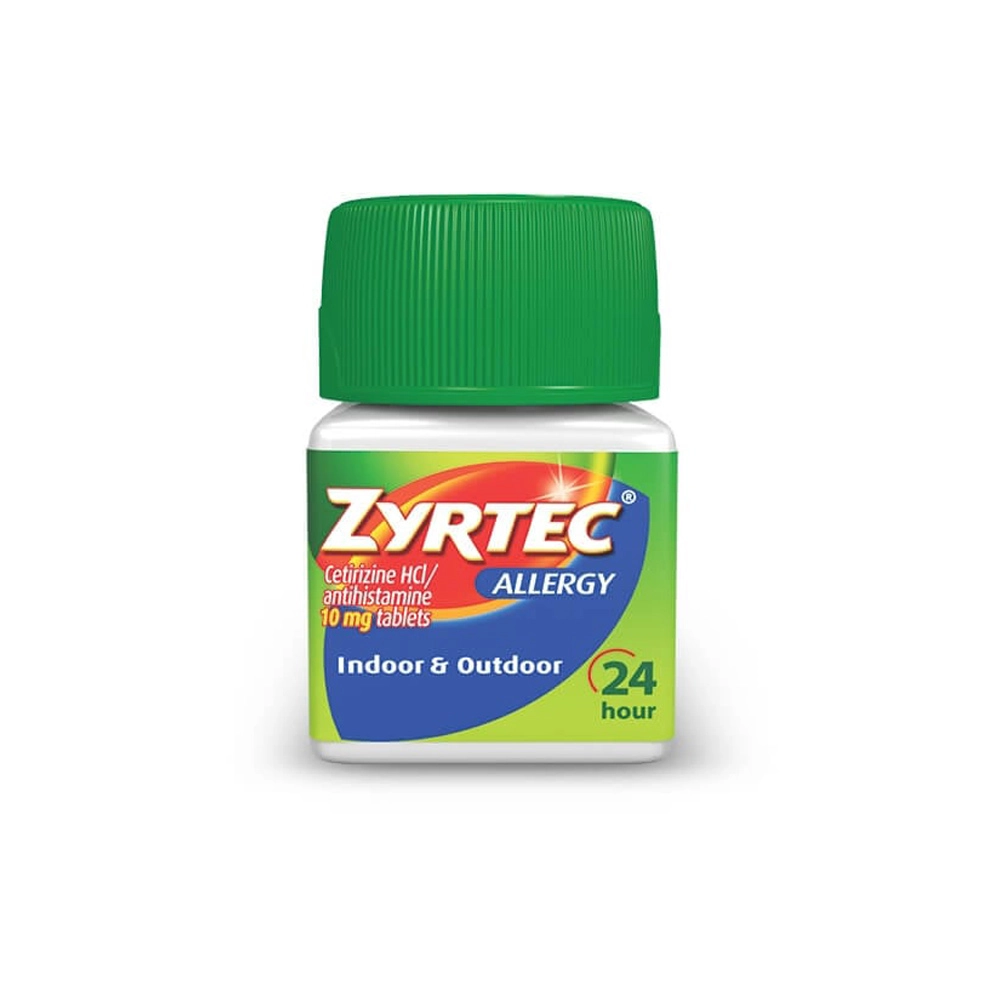
Contrary to popular belief, cat dander and saliva – rather than fur – are behind most allergies to cats.
Avoiding cats altogether is the best way to minimize symptoms, but even then, there are no guarantees. With more than eighty-five million cats in US homes and nearly as many strays, just being out in public may expose you to enough cat dander – so it’s important to be aware of what you can do about it.
The good news is, if you like spending time around cats, or simply want to get on with your day to day without experiencing symptoms, preventative measures and treatment can help reduce or relieve symptoms.
This might allow you to enjoy Fluffy’s company again going forward – or at least not worry about it.
Symptoms Of An Allergy To Cats
The symptoms of a cat allergy are typically similar to those of other allergies such as hay fever1, as well as the common cold or flu1.
The best way to tell if your symptoms are from a cat allergy or a cold is when they occur1. If they only flare up when you’re around fluffy animals, the chances are it’s an allergic reaction to cats, not a cold1.
Within minutes of exposure to dander, or just seconds in some cases, sneezing may start, then a sudden runny nose and itchy, watery eyes.
Ongoing nasal stuffiness, sinus pressure over the eyes or cheeks and an itchy throat can follow.
The most common symptoms of a cat allergy include1:

Itchy, watery eyes

Sneezing
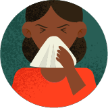
Runny nose

Nasal congestion

Itchy skin

Scratchy throat or mouth

Coughing

Hives – raised, red patches on the skin
If you have asthma, your symptoms may also trigger2:
- Difficulty breathing
- Tight or painful chest
- An audible whistling or wheezing when exhaling
- Trouble sleeping due to shortness of breath, coughing or wheezing
Cat Dander And Other Causes of Cat Allergy Symptoms
Many cat allergies are triggered by dander – the flakes of dead skin shed by cats and other furry pets.
Unlike cat hairs, dander isn’t typically visible, but it can accumulate in a home – settling on the walls, carpets and soft furnishings as it does so.
Saliva is also known to be a trigger. Cats are known for their meticulous self-grooming – they lick themselves a lot – and their saliva contains a protein called Fel d 1 that causes cat allergies3. This protein transfers on to their skin and coat when they groom themselves. Then, over time, the saliva and proteins build up on the cat’s skin and hair, before flaking off with the cat dander as they grow.
- Some felines produce more Fel d 1 than others, which might explain why some people with cat allergies react to certain cats more seriously
- It may also explain why kittens don’t always trigger allergies, as they don’t do as much self-grooming
Treatment For Allergies To Cats
Medications and natural remedies for cat allergies can help relieve symptoms, or remove the dander and saliva particles that could be triggering your reaction in the first place.
Your doctor may recommend you take regular antihistamines or decongestants as a symptomatic treatment for your allergy to cats4. If over-the-counter medications don’t help, they may also suggest you try immunotherapy5.

Antihistamines
As the name implies, antihistamines block the effect of histamines – chemicals that act to trigger allergy symptoms. You can usually take antihistamines in multiple formulations, such as a tablet, liquid or nasal spray6.

Decongestants
Decongestant medications can help shrink the swollen tissues in your nasal passages and make it easier to breathe through your nose6. Some over-the-counter allergy tablets combine the effects of both antihistamines and decongestants6. For allergy relief plus a powerful decongestant, ask for ZYRTEC-D® behind the pharmacy counter.

Immunotherapy
Immunotherapy involves having regular shots to expose you to your allergen6. The idea is to train your immune system not to react to the allergen by gradually increasing their levels – until contact with the usual triggers has a far reduced effect6.
Home remedies for cat allergies in humans
- Nasal irrigation. You can fill a neti pot or specially designed squeeze bottle with saline solution, and use this to flush mucus and irritants from your sinuses6.
- Clean your cat. If you are a cat owner, try bathing your cat yourself. If a friend or relative has a cat and you are regularly spending time around their home, politely suggest this as well. This may reduce their need to self-groom, and cut down the amount of saliva and Fel d 1 you are exposed to6.
Reducing Cat Allergies
When it comes to reducing your cat allergy symptoms and the impact they have, the first thing to do is to minimize your contact with cats as much as possible – of course, that won’t be easy if you’ve just started reacting to your family pet7!
Even if you don’t have a pet yourself, it can be difficult to completely avoid exposure to animal allergens6. You could unexpectedly encounter cat dander and hair transported on other people’s clothes, or come into contact with a cat while simply going about your daily business6.
Try to do what you can to limit your contact with allergens by4,7,8:
- Avoiding hugging, petting or kissing cats
- Having someone without allergies brush the cat outdoors frequently
- Using a microfilter vacuum bag and HEPA air filters around your home
- Removing rugs and carpets that may trap cat hair and dander
- Keeping pets out of your bedroom and off upholstered furniture, where their fur and dander could stick
- Opting for hardwood floors that are easy to wipe clean, rather than carpets that could trap dander and hair
- Regularly vacuuming your home to collect and remove any stray cat hairs or dander
FAQs
What Are Hypoallergenic Cats?
There’s no such thing as a completely hypoallergenic cat, as all cats produce dander, urine and saliva. That said, there are certain breeds that shed less dander and hair, making them a little kinder to allergy sufferers
Can pet allergies go away on their own?
In some cases, people will experience the signs of a cat allergy in early childhood – but find that their symptoms lessen as they get older9. It’s not exactly clear why this happens, but it does appear that some people outgrow their cat allergies over time9.
How long does it take for cat dander to go away?
If you move into a new property that’s previously had cats, it can take around 20 to 30 weeks before the allergens are entirely removed from the home environment10.
Can diet help reduce cat dander?
Some cat food may be able to reduce the level of allergens in cat hair and dander using an Fel d 1 antibody11 which could ease the severity of your allergic reaction to your cat.
Related Products
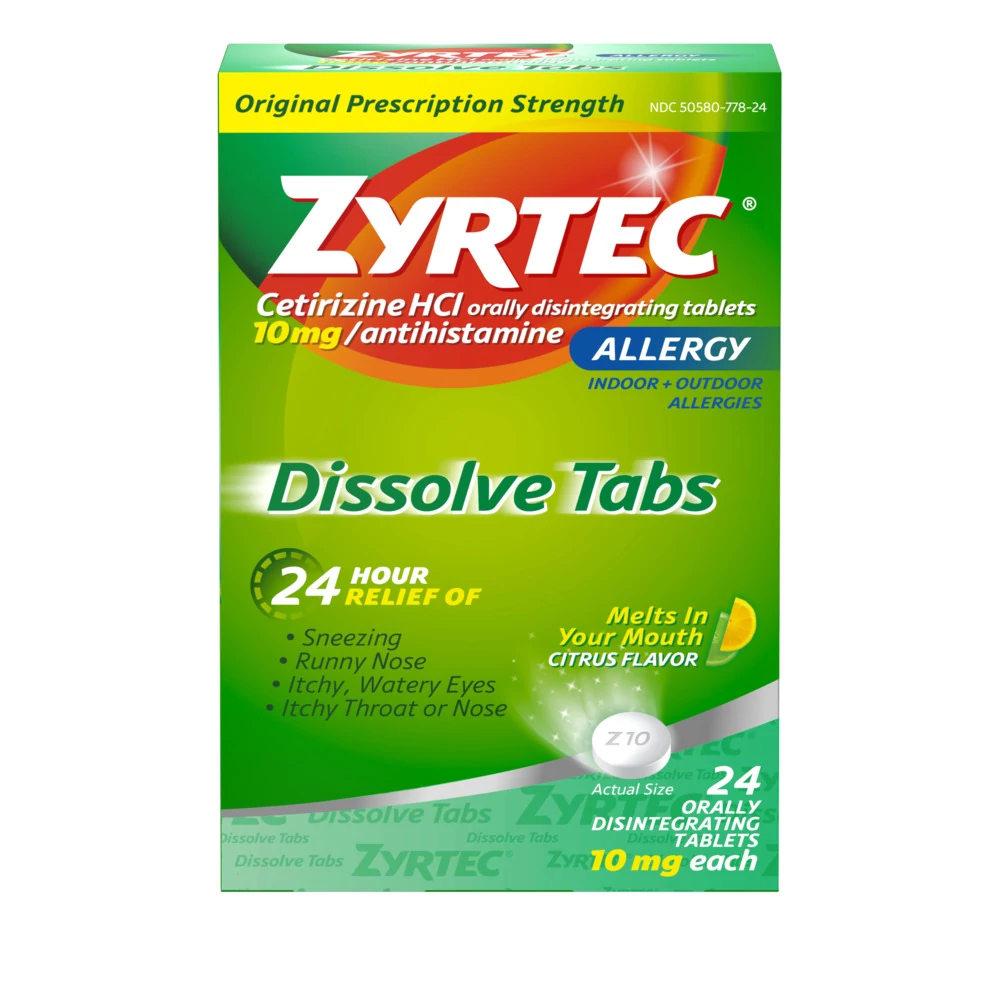
References
- https://my.clevelandclinic.org/health/diseases/17702-pet-allergies
- https://www.mayoclinic.org/diseases-conditions/pet-allergy/symptoms-caus...
- https://aacijournal.biomedcentral.com/articles/10.1186/s13223-018-0239-8
- https://www.mayoclinic.org/diseases-conditions/pet-allergy/diagnosis-tre...
- https://www.livescience.com/39257-outgrow-allergies-go-away.html#:~:text....
- https://acaai.org/resources/connect/ask-allergist/how-long-does-cat-dand....
- https://www.researchgate.net/publication/331636007_Reduction_of_active_F...
- https://www.mayoclinic.org/diseases-conditions/allergies/in-depth/allerg...
- https://www.livescience.com/39257-outgrow-allergies-go-away.html#:~:text...
- https://acaai.org/resources/connect/ask-allergist/how-long-does-cat-dand...
- https://www.researchgate.net/publication/331636007_Reduction_of_active_F...



